If you are reading this article, then like me, you love to be self-sufficient growing vegetables for your consumption.
We are eating poison mostly from commercial produce we buy. I lost my faith a long time ago, when I learned that what I thought was organic vegetables I had been buying from a farmers market (seriously??) actually was not. I had the horrible experience of having a whole cabbage I threw out, not perishing for three months.
I had to visit my son who lives overseas, and on my return, the Cabbage I threw out was where I left it untouched for 3 whole months going through rain and sunshine looking glamorous as ever.
I’m not going to elaborate on what it would have done inside my system.
Growing vegetables that are healthy is an art that you have to perfect. I had absolutely no idea what types of soil I would need to be successful in growing and harvesting a healthy crop for consumption at home.
The image I had in my mind of shining veggies on a cutting board would result in withered dry and insect eaten veggies that were hard and could break a tooth. Now when I look back they were not fit for consumption since I made so many mistakes as a new gardener.
Related: 5 Vegetables That Are Too Easy To Grow
This was before I educated myself on how to get a bountiful harvest and be self-sufficient growing my own vegetable patch.
I want to share the many years of experience I gained practically and prior to being able to Google a search result. I made some terrible mistakes as a first time home-grower. Thankfully you don’t have to make those mistakes that I made.
Growing Your Own Veggies
Here are some of the do’s and don’ts to successfully grow your own produce and not make the mistakes I made.
First we have to be realistic. Just because we stick a branch or put in a seed a yam or a leaf into the soil don’t expect a beautiful and bountiful harvest.
With Covid-19 springing on us everyone wanted to grow their own vegetable patch. Everyone wanted to connect with the earth and Gardner’s worldwide became driven with a force to grow and grow.
Then came the would be Gardner’s who suddenly took a break from their mobile phones and computers and realized that there is fresh air sunshine and gardens! Growing your own vegetable patch at home is connected with sustainability.
So, here are the major mistakes I made as a new Gardener and what I did to rectify these mistakes that saved me quite a good sum of money. I don’t drive miles away to buy vegetables that come thousands of miles away to land in my plate. Instead I have fresh nutritious organic produce that I can guarantee because I watched it germinate grow and produce.
What I Did Wrong: Over-Watering
I thought that the more water I practically drowned my seeds and plants in that I would get a huge produce. Wrong! Over-watering only brought root fungus and rot making my efforts zero and wasting time.
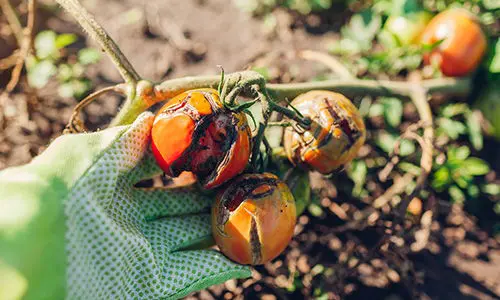
What should be done:
You need to control the amount of water that is needed. It depends on the Zone you live in. Extreme temperatures do not do well with certain seeds and cuttings.
You need to check what type of vegetable seeds you purchase and whether it needs extra watering or moderate watering. If it is a leaf that you are planting then you need to go slow on the water.
For example Spinach. I have grown spinach from leaves, stalk cuttings and also from seeds. I also immerse the spinach stalk in a bottle of water and when the roots appear I plant it. Some areas have rainfall so watering daily is not necessary. It all depends on where you live.
What I Did Wrong: Not Planning My Garden For A Full Grown Vegetable Plant
I never calculated the space I would need for cucumbers Zucchini pumpkin, Bitter gourd and Snake Gourd. These need to climb and produce hanging heavy items. I put in too many seeds in close proximity and it was an utter waste of money as there was no room for the plants to spread and grow.
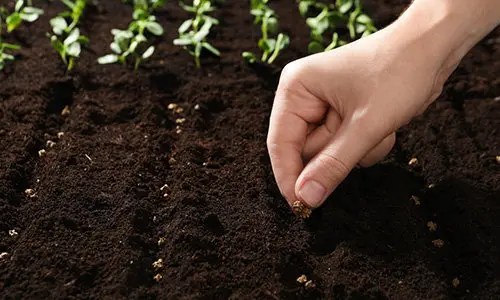
The correct thing to do:
To get proper produce, your seeds need space to grow. Decide if you want to have pumpkins and cucumber hanging or on the ground. If you like to see them hanging then make sure you have extra strong good support.
I use a support with a big log and gently train the plants to cling onto it. You don’t want a huge pumpkin hanging and then coming crashing down damaging the whole plant.
We don’t know what we don’t know and it’s taken me trial and error to perfect myself and have ample produce. We all don’t have professional gardeners guiding us so sharing what we experience is a good way to help first time Gardner’s to not make the same mistakes. Failures are the pillars of success, so don’t worry thankfully you can learn from what I did wrong. You can minimize your mistakes.
Huge Mistake: Growing What No One Likes To Eat
Ah! I hate some vegetables specially radish. Yuck! So I grew it and threw it. No one in my family including myself looks at radish. I just wasted time energy and money.
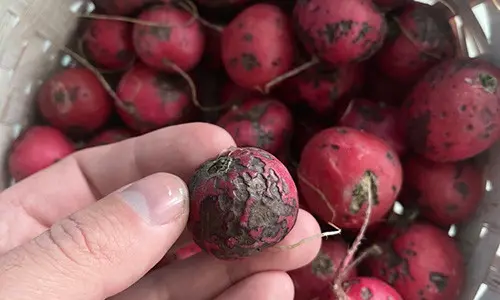
Correct thing to do:
Just because someone grows a particular vegetable like Tomatoes (I love it) don’t grow it simply because it looks attractive. Grow what you eat, what your family eats, and what you can share with a neighbor.
Another Thing I Did Wrong: Not Checking The Soil
I had no idea about soil and ended up having planted in clay soil and too Sandy soil.
Related: How to Adjust the pH in Soil and Water for Abundant Harvests

Correct thing to do:
Soil is the backbone of a good garden. I learned that buying soil, compost, and topsoil, mixed together with the soil in the garden, made my Vegetables healthy and happy.
Most importantly plan out your vegetable patch or garden according to the time you can spend tending to them. This way you won’t underwater your plants or over-water when you feel guilty, because the end result will be rotted dried and finally dead plants.
Growing your own produce is not only healthy it is also a way to save money and live a healthy long life eating nutritious produce.
You may also like:
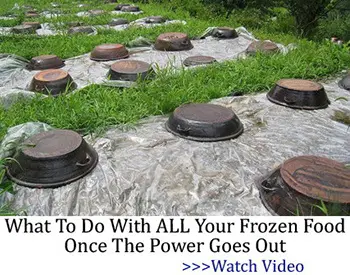 Strange Gardening Tips And Tricks That Really Work
Strange Gardening Tips And Tricks That Really Work
If You See This Plant in Your Backyard, Burn It Immediately! (Video)

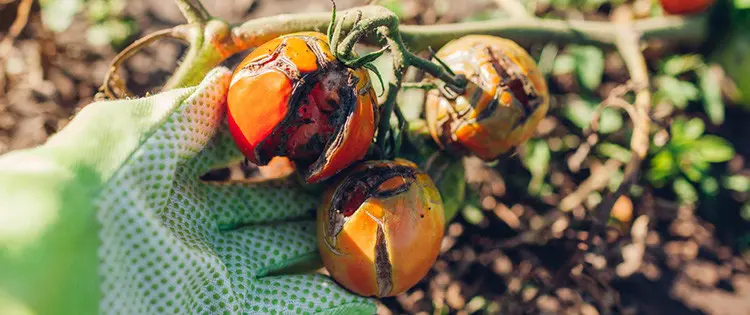


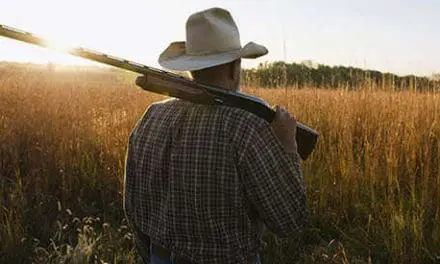
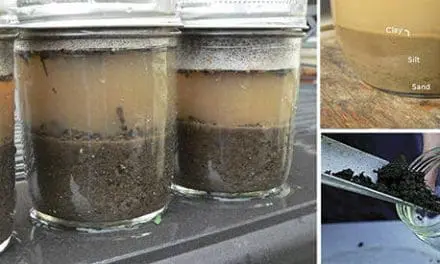
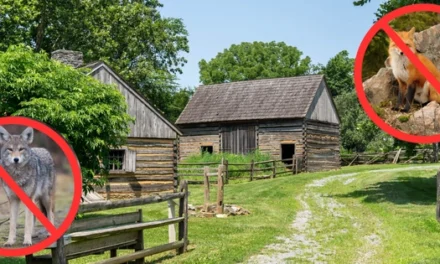







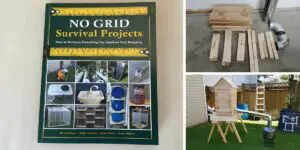




Thank you for the info. We live in San Antonio Texas so it is very hot and dry in the summer and we don’t get much sun in the front or back yard because of trees. The only place we get full sun is on our driveway. We would like to grow tomatoes, cucumbers, spinach, romaine lettuce, onions and Serrano, jalapeño and bell peppers as well as cilantro. With all these limitations, is there any way to grow these veggies? Also, can you tell me the amounts of each of the compost, top soil, and existing dirt? Thank you.
I really like this Article. Helps to minimize mistakes and not waste time. Great.